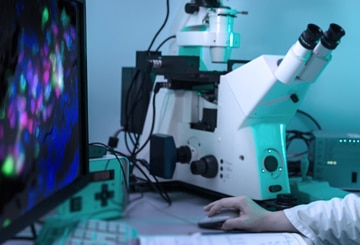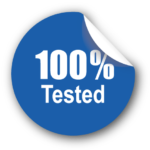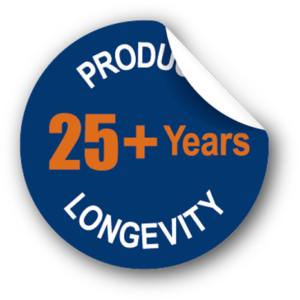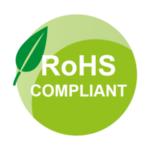Quality Assurance from Pickering
Pickering manufactures Reed Relays for instrumentation applications using only the highest quality materials.
Our quality systems are certified to ISO 9001:2015 and audited by the British Standards Institution.
Pickering relays are subjected to continuous inspection during the manufacturing process and after a strenuous thermal cycling routine are 100 percent tested for all operating parameters on Automatic Test Equipment (ATE) and other specialized equipment.
All ATE test results are archived and used for Statistical Process Control.
Below please find the various accreditations and certifications that Pickering holds.
ISO 9001
Registration No. FM 29036.
Conflict Minerals Policy
Our customers support ending the violence and human rights violations in the mining of certain minerals from a location described as the “Conflict Region”, As a company Pickering Electronics Ltd is committed to this policy and philosophy.
REACH
Our certificate program offers traceability of compliance, addressing production & use of chemical substances, & their impacts on human health & the environment. View our certificate below:
RoHS Compliance
As a company, Pickering Electronics Ltd is committed to RoHS compliance and the Lead-Free philosophy. We support the European Union’s commitment to the Restriction of Hazardous Substances.
Quality Mission Statement
Please view our Quality Mission Statement here. We may occasionally update this quality statement regarding its issue/revision; we encourage you to review it for changes periodically.
Pickering Electronics Export Compliance Control Statement
Counterfeit Parts Prevention Programme (CPPP)
Single-in-Line (SIL), Series 100 to 118:
Our SIL relays (dry switches only) are RoHS compliant. This came into effect on the 25th February 06 and no exemptions were exercised. All dispatch tubes are labeled with a RoHS compliant sticker.
Dual-in-Line (DIL) Relays Series 97, 98: | High Voltage Relays Series 60, 65, 62, 63: | General Purpose (Older style) Relays, Series 80, 85:
These ranges (dry switches only) are also RoHS compliant. This came into effect on the 2nd August 06 and no exemptions were exercised. All packaging is labeled with a RoHS compliant sticker.
These ranges are also “lead-free compatible” In other words the relays can be hand or wave soldered using SAC alloys. This applies to all dry and mercury options.
SMD Relays, Series 200:
This range is RoHS compliant (through exemption). This came into effect on the 2nd August 06. We need to exercise an exemption because the internal solder joints will contain lead and will exceed the maximum permitted concentration values governed by the RoHS directive.
The maximum concentration value for lead is 0.1% by volume for all homogenous materials. Currently there are no cost effective lead-free alloys available that can with-stand the higher lead-free reflow temperatures.
SMD’s by definition are for use in reflow applications. Therefore we must ensure the internal solder joints do not re-melt as they enter the higher reflow zone temperatures that are required to solder components using SAC alloy to lead-free printed circuit boards. We will therefore continue to use solders that contain at least 85% lead by volume; a permitted exemption under the RoHS directive.
The Series 200 is qualified to withstand a lead-free reflow peak temperature of 245C; measured on the top side of the leg. This temperature was derived in accordance with J-Std 020C. If reflow is used we do not recommend a post-wash currently.
General Note:
We offer mercury options for many of our SIL/SIP, DIL/DIP, and SMD relays. We can still supply mercury switches if they are purchased as service replacements or needed to expand existing capacity or go into electrical or electronic equipment already in place prior to 1st July 06. In addition, if they are used in Medical devices (with the exception of implanted / infected products) or in Monitoring / Control Instrumentation, they are exempt from the RoHS directive. – 24.08.06

OPTICAL INSPECTION
using automated X-Y inspection tables.

X-RAY FACILITIES
in-house x-ray equipment is used extensively both for inspection and for product development.

ZOOM OPTICAL INSPECTION
using stereo zoom microscopes.






